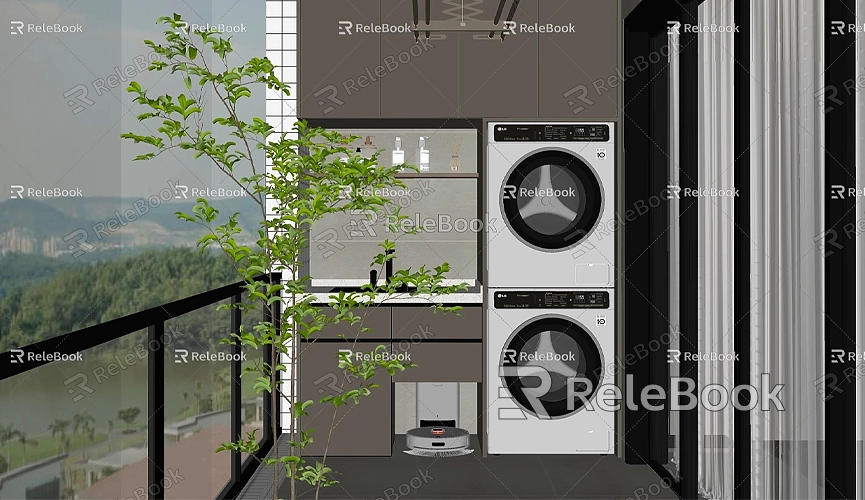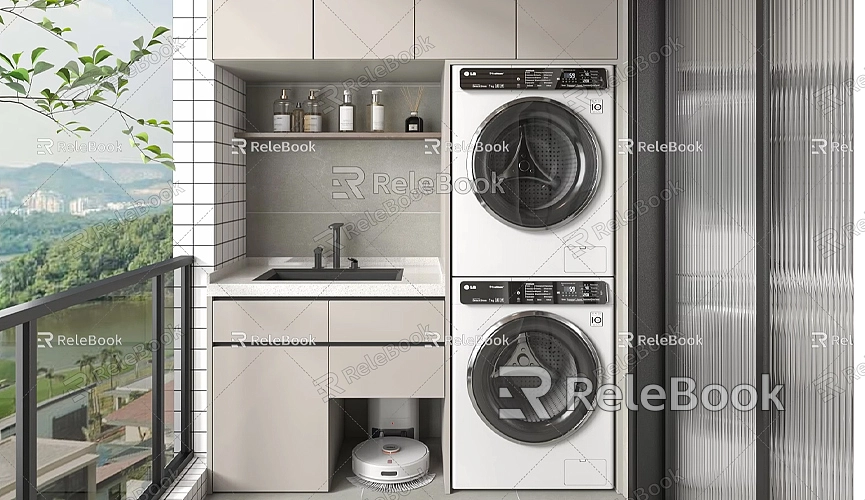How to identify different parts of model in sketchup
Identifying different parts of a model is a crucial skill when working with 3D modeling in SketchUp. This ability not only helps you organize and manage your design more efficiently but also saves a significant amount of time and effort when it comes to making modifications and optimizations later on. This article will dive into how to effectively identify and manage various parts of a model in SketchUp, and provide some useful tips and techniques to improve your workflow.
Understanding the Basic Structure of SketchUp
In SketchUp, a model is made up of various elements, including components, groups, and basic shapes. Components are objects that can be reused in multiple places, while groups are collections of multiple objects that help you combine related elements. Understanding these basic concepts will lay the foundation for better identifying and managing the different parts of your model during the design process.

For example, when designing a building, you can create components for windows, doors, and walls, making it easier to modify them later. If you need to change the style of a window, you can update it once, and all instances of that component will automatically update. Groups are useful for objects that need to be moved or edited together. By grouping related elements, you can perform operations on them as a whole.
Using Layers and Tags for Management
The Layers function in SketchUp is essential for managing and organizing different parts of your model. By assigning different types of objects—such as furniture, walls, and electrical devices—to different layers, you can quickly toggle the visibility of these parts, simplifying the view. This not only keeps your workspace clean but also allows you to focus on specific tasks at different stages of the design process.
For instance, when working on interior design, you may want to focus on the furniture layout. In this case, you can hide the wall layer to clearly see the arrangement of the furniture. Be sure to name your layers descriptively, such as labeling the windows on the south side as "Windows-South," so they are easy to find later.
In addition to layers, using Tags is also highly effective. By assigning tags to different parts of your model, you can quickly identify and categorize them. When you want to view a specific part of the model, simply enable the corresponding tag, helping you locate the elements you need more easily.
Enhancing Visualization with Colors and Materials
Applying different colors and materials to the various parts of your model is a visual approach to identification. In SketchUp, you can use the Paint Bucket tool to color objects, making the model visually more appealing and helping you quickly spot different parts of a complex model.
For example, in architectural design, you can paint walls gray and windows blue, which will allow you to easily distinguish them when viewing the model. Choosing appropriate materials not only helps with identification but also enhances the overall aesthetic of the model when presenting the design.
Using Views and Section Tools
SketchUp offers several view tools that help you see the structure of your model more clearly. By using the Section Tool, you can create section cuts, allowing you to view the internal details of the model on a specific plane. This is especially useful for identifying different parts of complex models. Additionally, perspective views let you observe the depth and layers of your model, helping you understand the relationships between various elements.

By rotating and zooming in on the view, you can gain a more flexible understanding of your model's components, especially when dealing with large, complex projects, allowing you to grasp the overall structure better.
The Importance of Organizing and Naming Model Elements
Good organization and naming practices can significantly improve your workflow. When creating your model, it’s important to maintain clear and consistent naming conventions and categorize elements by function, such as naming electrical equipment, pipes, and walls separately, and grouping them into their respective components or groups.
This way, when you need to make design changes, it will be much easier to find the required elements, reducing search time and improving overall efficiency. You can also use standardized naming conventions, which will facilitate better communication and information sharing within a team.
Using Plugins and Extensions
SketchUp has a wide variety of plugins and extensions that can help you better manage and identify different parts of your model. For example, some plugins provide advanced layer management features, while others allow you to add extra annotations and markers to the model, making it easier to review and modify later on.
By installing and using these plugins, you can further improve your workflow, making model management more intuitive and efficient. Exploring plugins that suit your workflow can make your design process smoother.
Save and Backup Regularly
While identifying and managing the different parts of a model, it’s essential to save and back up your work regularly. Especially when making significant modifications, ensuring that you have backups can prevent the loss of work due to system crashes or unexpected closures. Take advantage of SketchUp’s auto-save feature, but also develop the habit of saving manually at regular intervals to ensure your work remains safe.
Perform Regular Checks and Maintenance
To maintain an efficient and organized model, regular checks and maintenance are essential. As the model grows and becomes more complex, redundant elements or duplicate components may accumulate. Performing periodic clean-ups of your model will help improve its overall performance, reduce file size, and make subsequent operations smoother.
By following these strategies, you can ensure that you effectively identify and manage the different parts of your model in SketchUp, leading to increased work efficiency and a more streamlined design process. Whether working on personal projects or collaborating with a team, good model management will be invaluable.
Identifying different parts of a model in SketchUp is a vital skill. By effectively using components, groups, layers, and colors, you can increase your workflow efficiency. Good naming practices and organization will help you quickly locate elements in a complex model, and using the view and section tools will provide clearer perspectives.
Once you master these techniques, you'll be able to manage your SketchUp models more efficiently, allowing you to focus on the design itself instead of getting lost in the details. We hope these tips will help you navigate SketchUp more easily and achieve higher-quality designs. If you need high-quality 3D textures and HDRI for your models and virtual scenes, you can download them for free at [https://textures.relebook.com/](https://textures.relebook.com/). If you need beautiful 3D models, visit [https://3dmodels.relebook.com/](https://3dmodels.relebook.com/) for a large collection of premium 3D resources.

